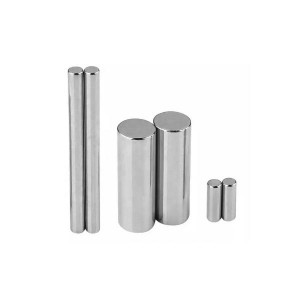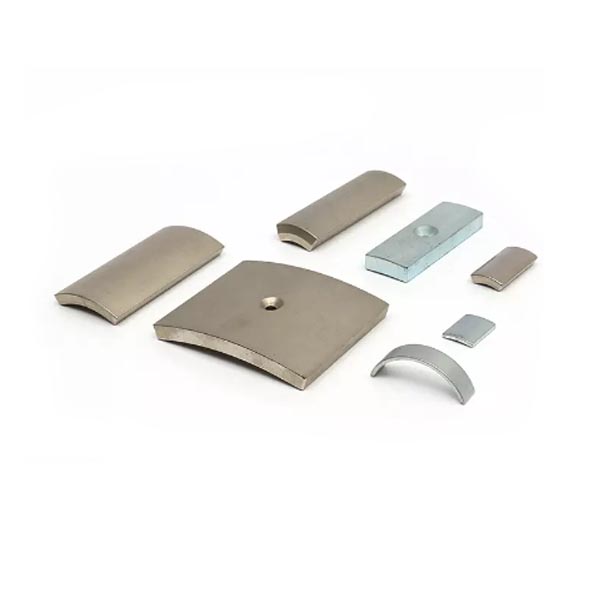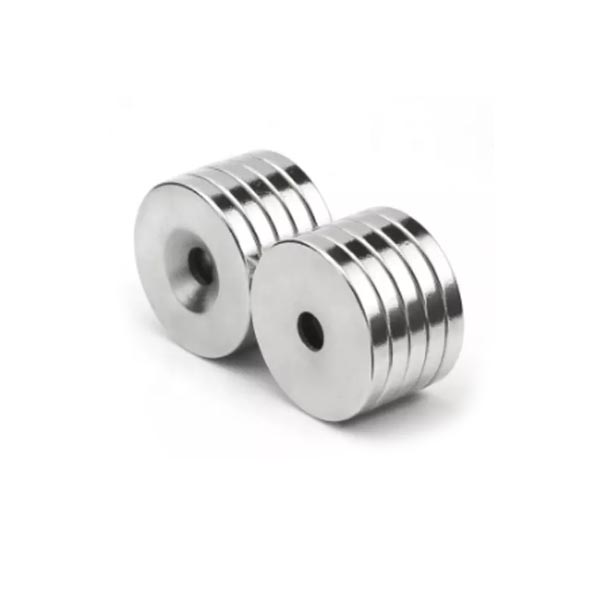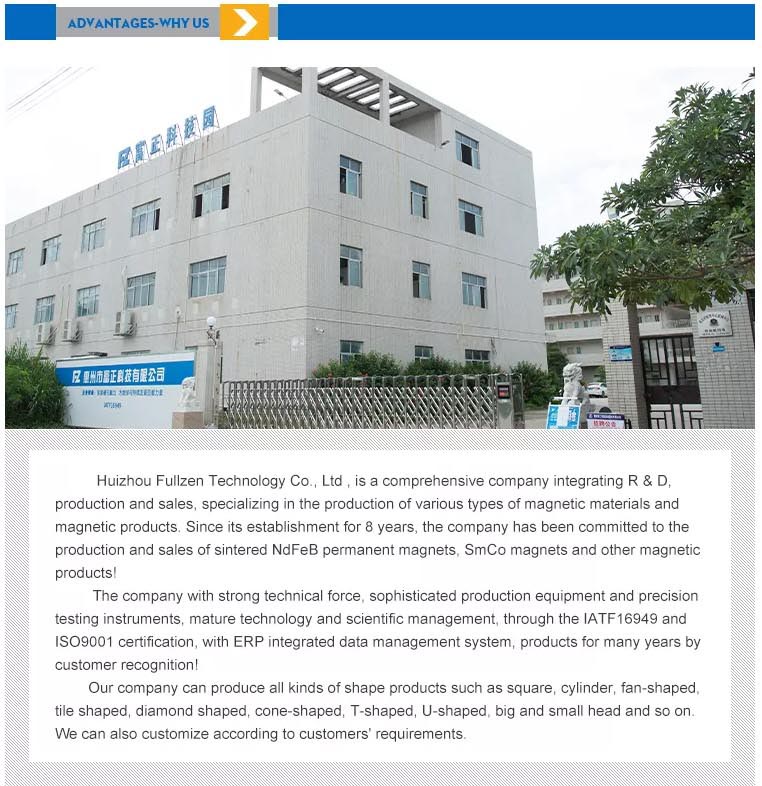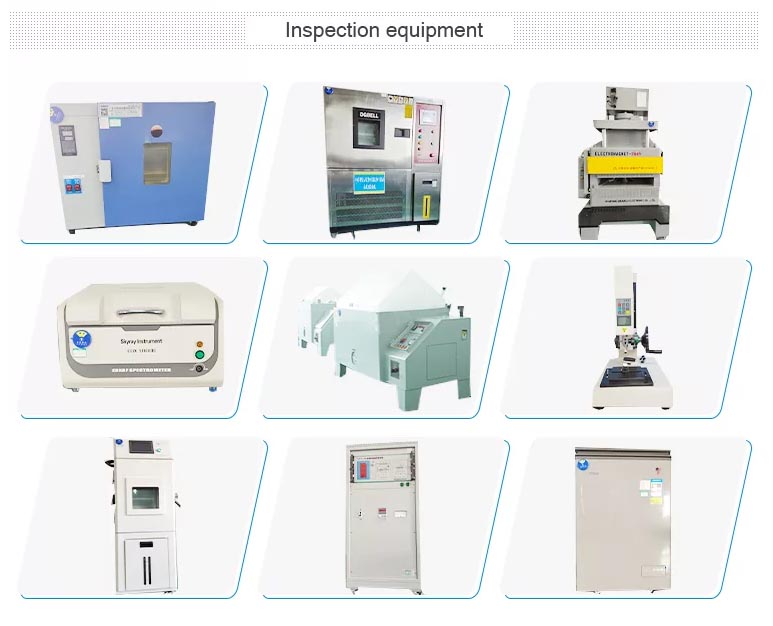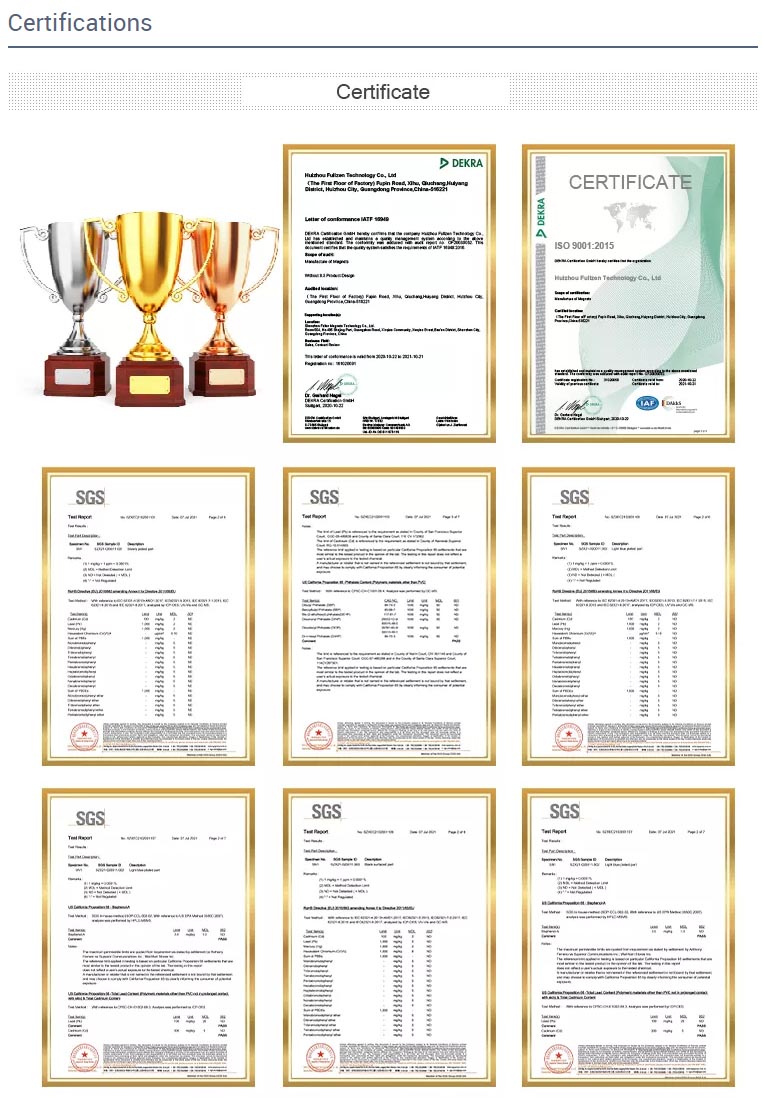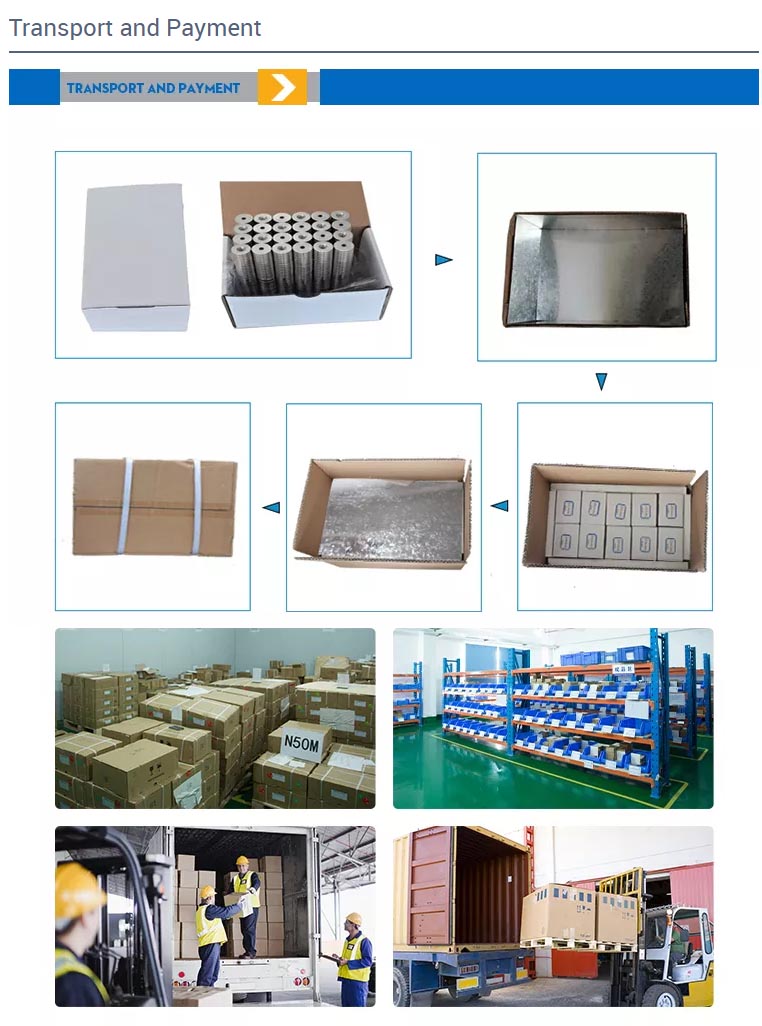
- English
- French
- German
- Portuguese
- Spanish
- Russian
- Japanese
- Korean
- Arabic
- Irish
- Greek
- Turkish
- Italian
- Danish
- Romanian
- Indonesian
- Czech
- Afrikaans
- Swedish
- Polish
- Basque
- Catalan
- Esperanto
- Hindi
- Lao
- Albanian
- Amharic
- Armenian
- Azerbaijani
- Belarusian
- Bengali
- Bosnian
- Bulgarian
- Cebuano
- Chichewa
- Corsican
- Croatian
- Dutch
- Estonian
- Filipino
- Finnish
- Frisian
- Galician
- Georgian
- Gujarati
- Haitian
- Hausa
- Hawaiian
- Hebrew
- Hmong
- Hungarian
- Icelandic
- Igbo
- Javanese
- Kannada
- Kazakh
- Khmer
- Kurdish
- Kyrgyz
- Latin
- Latvian
- Lithuanian
- Luxembou..
- Macedonian
- Malagasy
- Malay
- Malayalam
- Maltese
- Maori
- Marathi
- Mongolian
- Burmese
- Nepali
- Norwegian
- Pashto
- Persian
- Punjabi
- Serbian
- Sesotho
- Sinhala
- Slovak
- Slovenian
- Somali
- Samoan
- Scots Gaelic
- Shona
- Sindhi
- Sundanese
- Swahili
- Tajik
- Tamil
- Telugu
- Thai
- Ukrainian
- Urdu
- Uzbek
- Vietnamese
- Welsh
- Xhosa
- Yiddish
- Yoruba
- Zulu
- Kinyarwanda
- Tatar
- Oriya
- Turkmen
- Uyghur
Cylinder Neodymium Magnet 6*13mm – Free Sample Available | Fullzen
Short Description:
These grade n52 neodymium magnets cylinder of 6*13mm cylinder neodymium magnet are already quite powerful with an adhesive force of approx. 1,4 kg. However, thanks to their shape, they are easy to grip and comfortable to hold. Use these rod magnets on magnetic boards, whiteboards or metal strips, for example.
Fullzen is a China powerful magnet factory to produce custom shaped neodymium strong magnets in many sizes. Cylinder shaped neo magnet is the most popular one from our orders. It is very important for our clients to choose neodymium cylinder magnets suppliers of Stable Quality & Competitive Price of permanent magnets.
Product Detail
Company profile
Product Tags
Neodymium Cylindrical shaped Strong Magnet – 6*13mm
Rare earth magnets are the strongest permanent magnets sold in the international market today. Small rare earth magnets are great for some crafts and DIYs. We also sell large rare earth magnets for heavy-duty projects that require extra strong pulling force. We will provide the European inspection report according to the needs of customers.
Rare earth neodymium magnets, also known as NdFeB magnets or Neo magnets, are made from an alloy of neodymium, iron, and boron. They have excellent magnetic properties and are very strong due to their small size. Neodymium magnets are permanent and have a high maximum magnetic energy. So customers in many industries will give priority to this magnet.
Due to high ratio of performance over price, neodymium magnets has become extremely popular in almost all applications that require high performance magnets such as motors, sensors, computers, communications, medical equipment, meters, home appliances, craft model, jewelry and so on.
We sell all grades of neodymium magnets, custom shapes, sizes, and coatings.
Fast Global Shipping: Meet standard air and sea secure packing, More than 10 years of export experience
Customized is Available: Please offer a drawing for your special design
Affordable Price: Choosing the most suitable quality of products means effective cost savings.

FAQ
Calculating the magnetic field (
B) around a cylindrical magnet can be quite complex, depending on the magnetization distribution within the cylinder. Here, I'll outline a simplified case where we have a uniformly magnetized cylinder with its magnetization axis aligned with the cylinder's axis. This is often referred to as a "longitudinally magnetized cylinder."
The magnetic field (
B) outside a uniformly magnetized cylinder along its central axis can be approximated using the formula for the field inside a solenoid. This approximation assumes that the cylinder is much longer than its diameter. The formula is:
B=μ⋅M
Where:
B is the magnetic field strength at a point outside the cylinder (in teslas, T).
μ is the permeability of the material (a constant, often
μ0 for vacuum or air, equal to
4π×10−7 T m/A).
M is the magnetization of the cylinder (magnetic moment per unit volume, in A/m).
For a uniformly magnetized cylinder,
M can be calculated as:
M=VcylinderMtotal
Where:
Mtotal is the total magnetic moment of the cylinder (in A m²).
Vcylinder is the volume of the cylinder (in m³).
Keep in mind that this is a simplified scenario and might not accurately represent the magnetic field distribution in more complex cases. If the magnetization isn't uniform, or if the cylinder's dimensions aren't significantly larger than its diameter, the calculations become more intricate and may require numerical or analytical techniques.
For more accurate results, you might need to use advanced methods such as numerical simulations using finite element analysis or analytical approaches that consider the magnetic properties of the material and the actual magnetization distribution within the cylinder.
The statement that the magnetic field is zero inside a cylinder might be a misunderstanding or an oversimplification. In general, the magnetic field inside a uniformly magnetized cylinder is not zero. However, depending on the specific conditions and assumptions, there are cases where the magnetic field inside a cylinder can be relatively weak or exhibit certain properties that might make it seem like the field is negligible.
Here are a couple of scenarios that might lead to the perception that the magnetic field is zero inside a cylinder:
- Shielding
- Uniform Magnetization
It's important to note that the magnetic field inside a cylindrical magnet will depend on various factors, including the magnetization distribution, the magnet's shape, the material properties, and external influences such as nearby magnetic fields or shielding. In general, magnetic field strength can be calculated and simulated based on these factors, but the field is unlikely to be exactly zero inside a uniformly magnetized cylinder.
Yes, there can be a magnetic field inside a hollow cylinder, provided that the cylinder has some form of magnetization. The presence and characteristics of the magnetic field inside the hollow cylinder depend on factors such as the magnetization pattern, the material properties, and the geometry of the cylinder.
The magnetic field inside and outside a cylindrical magnet depends on various factors, including the magnetization pattern, the material properties, and the geometry of the cylinder. Let's consider a few scenarios:
- Uniformly Magnetized Cylinder
- Radially Magnetized Cylinder
- Demagnetized Hollow Cylinder
- Magnetic Shielding Cylinder
These are simplified explanations, and the actual behavior of the magnetic field can be quite complex depending on the specific conditions and assumptions. In practice, the magnetic field distribution is often analyzed using mathematical models or simulation software that takes into account the detailed characteristics of the magnet and its environment.
Your Custom Custom Neodymium Magnets Project
Fullzen Magnetics has more than 10 years of experience in the design and manufacture of custom rare earth magnets. Send us a request for quote or contact us today to discuss your project's specialty requirements, and our experienced team of engineers will help you determine the most cost effective way of providing you with what you need.Send us your specifications detailing your custom magnet application.

